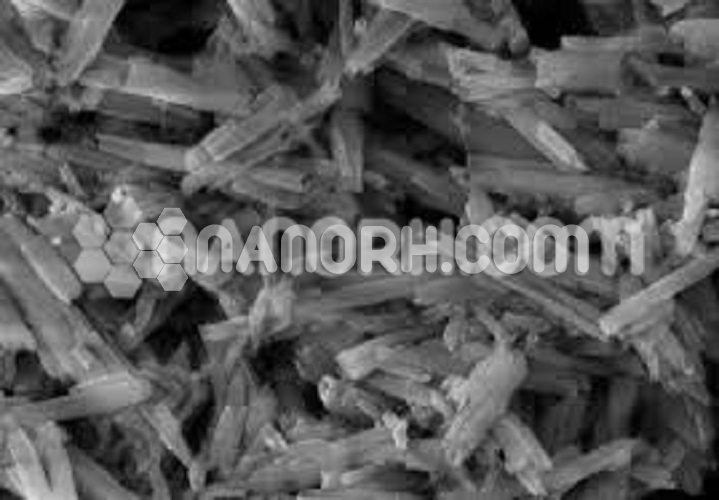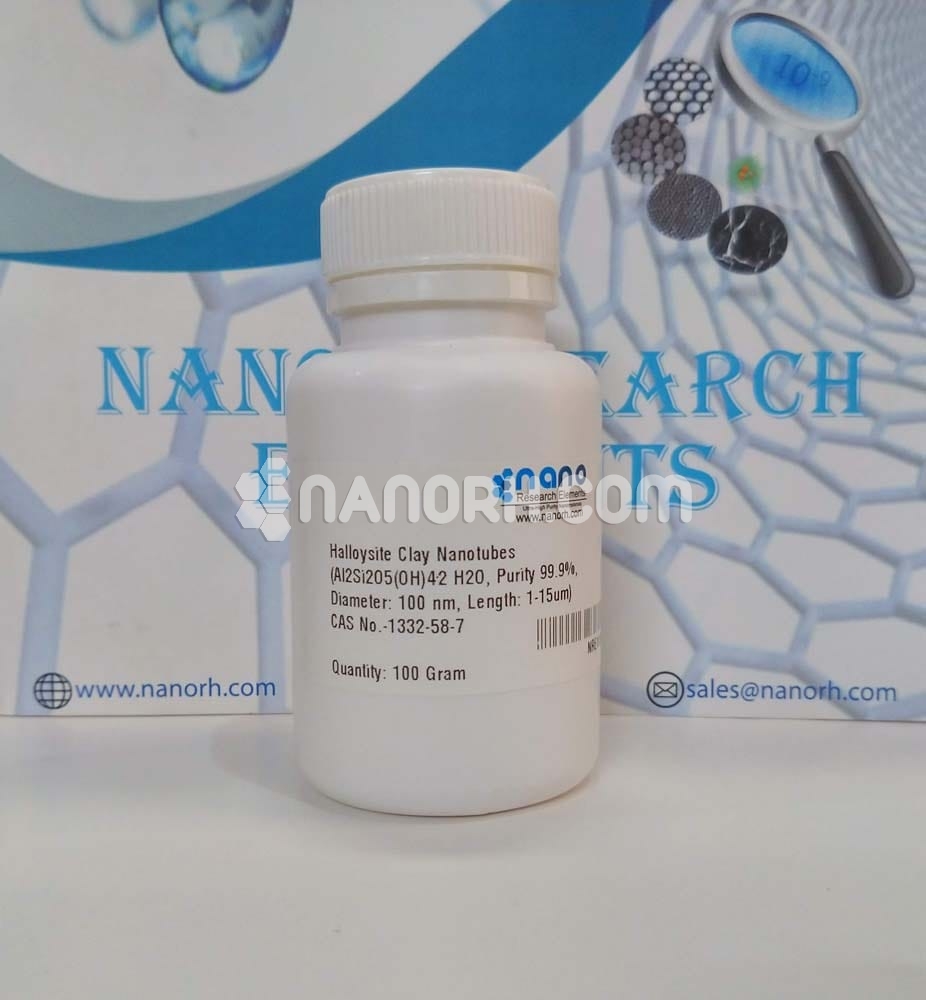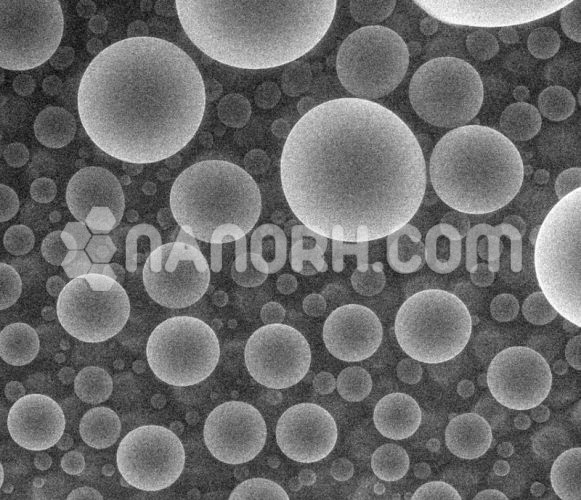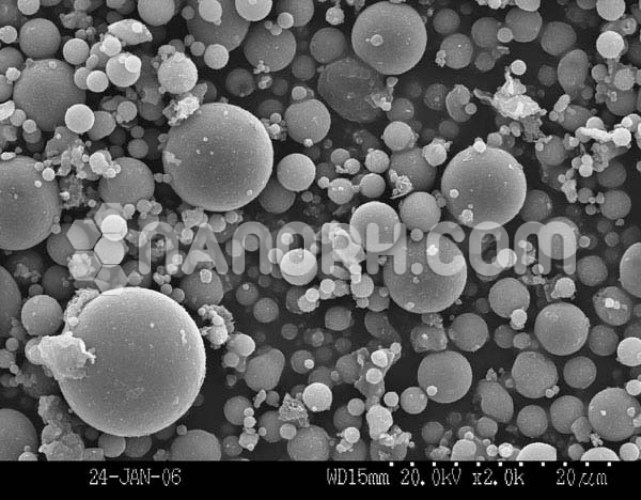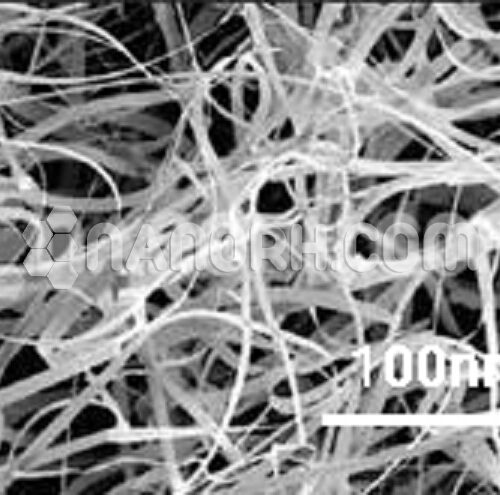Halloysite Nanotubes
Halloysite Nanotubes are nanoscale form of halloysite, a two-layered aluminosilicate clay composed of hydrated aluminum oxide and silicon oxide that can be used as a component in coatings, electronics, and other high-tech nanocomposite applications.
| Halloysite Nanotubes | |
| Product No | NRE-14011 |
| CAS No. | 1332-58-7 |
| Formula | Al2H4O9Si |
| Average diameter | 30-50nm |
| Average Length | up to 200µm |
| Purity | 99.9% |
| Molecular Weight | 258.160 g/mol |
| Density | 2.6 g/cm3 |
| Melting Point | NA |
| Boiling Point | NA |
Halloysite Nanotubes are nanoscale forms of halloysite, a two-layered aluminosilicate clay composed of hydrated aluminum oxide and silicon oxide that can be used as a component in coatings, electronics, and other high-tech nanocomposite applications. Halloysite clay nanotubes are generally immediately available in most volumes, including bulk orders. Ultra-high purity and high purity compositions improve both optical quality and usefulness as scientific standards. Nanoscale elemental powders and suspensions, as alternative high surface area forms, may be considered.
Applications
Drug Delivery and Biomedical Applications
Drug Encapsulation and Controlled Release: One of the most promising uses of HNTs is in the field of drug delivery systems. The hollow core of HNTs allows for the encapsulation of drug molecules, including hydrophobic drugs that are difficult to solubilize. Due to the nanoscale size and high surface area, HNTs can facilitate controlled and sustained release of therapeutics. By functionalizing the outer surface of the nanotubes, they can be designed for targeted drug delivery to specific tissues or cells, including cancer cells or inflammatory sites.
Gene Delivery: HNTs have also been explored as gene delivery vectors, where they can encapsulate and deliver DNA or RNA molecules to specific cells for gene therapy.
Antibacterial and Antifungal Properties: Halloysite nanotubes have inherent antibacterial and antifungal properties due to their surface charge and the ability to carry bioactive agents. They are being studied for use in wound dressings and antimicrobial coatings.
Environmental Remediation
Heavy Metal Ion Adsorption: Due to their high surface area and adsorptive properties, HNTs are effective at removing heavy metals (such as lead (Pb²⁺), cadmium (Cd²⁺), and mercury (Hg²⁺)) from contaminated water and soil. The surface charge of HNTs allows them to interact with toxic ions, making them useful for water purification and environmental cleanup.
Oil Spill Cleanup: The porous structure and hydrophobicity of HNTs make them suitable for oil spill remediation. They can absorb and remove oil and organic pollutants from water bodies, offering a green alternative to synthetic oil absorbents.
Pollutant Removal: HNTs can be functionalized with different agents to enhance their ability to remove organic pollutants from water and air, such as in wastewater treatment or air purification systems.
Composite Materials and Nanocomposites
Reinforcement in Polymers: Halloysite nanotubes are used as reinforcing agents in polymeric materials to improve their mechanical strength, thermal stability, and barrier properties. Due to their hollow structure, HNTs can improve the impact resistance, tensile strength, and flexibility of composite materials, which find applications in the automotive, aerospace, and packaging industries.
Nanocomposites: HNTs are used in the development of nanocomposite films, where they enhance the electrical conductivity, UV resistance, and gas barrier properties of the composite materials. These properties are especially important in industries like electronics and food packaging.

